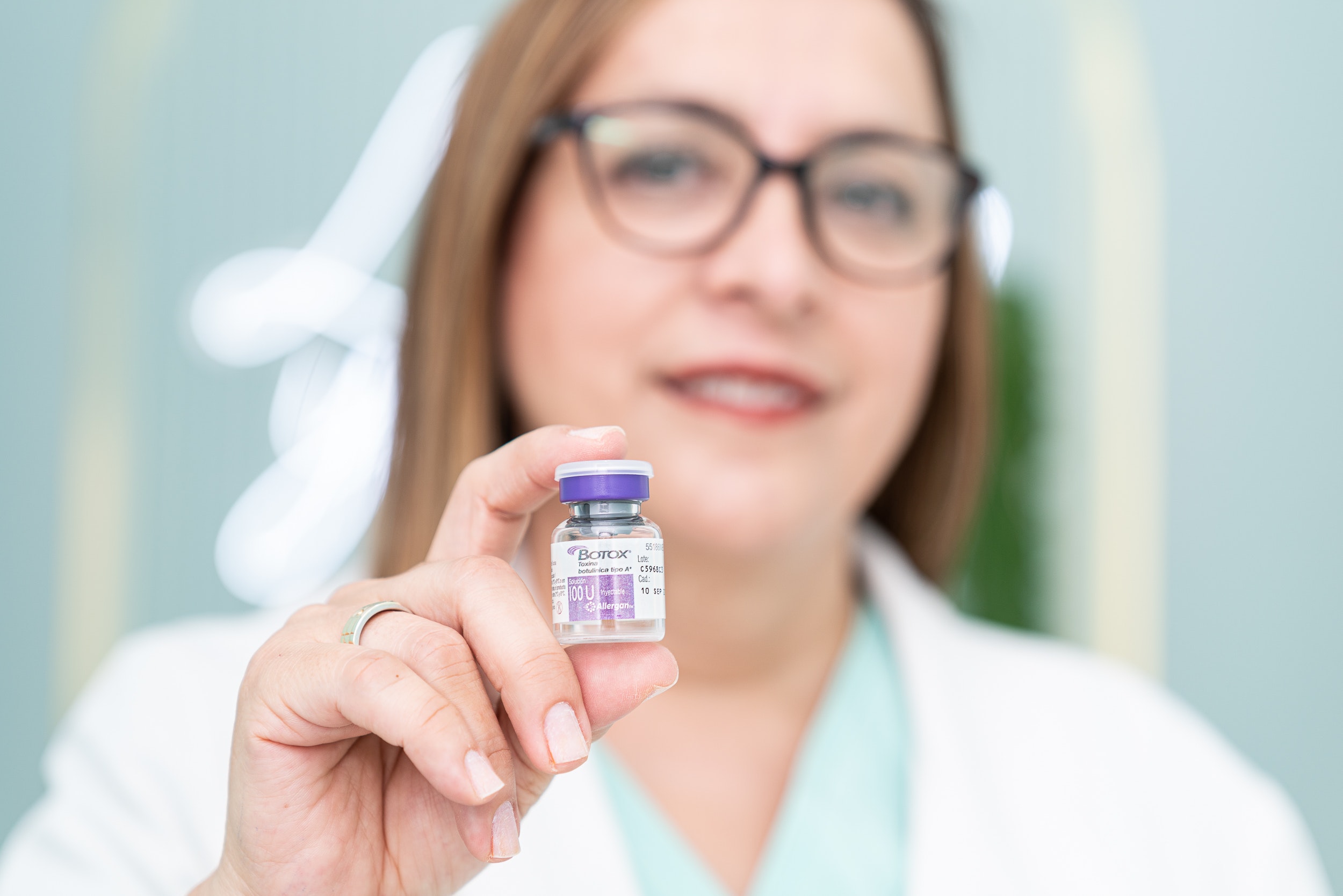Introduction
Botox, a popular cosmetic treatment, has gained immense popularity over the years as an effective solution for reducing wrinkles and fine lines. It is a non-surgical procedure that involves injecting a purified form of botulinum toxin into targeted muscles, causing temporary muscle relaxation. While Botox offers promising results, it is essential to be well-informed before considering this treatment. In this article, we will discuss ten crucial things you should know before getting Botox treatment.
1. Understanding Botox
Botox is a neurotoxin derived from the bacterium Clostridium botulinum. When injected into specific facial muscles, it blocks the nerve signals that cause muscle contractions, resulting in a temporary reduction of wrinkles and fine lines. It is crucial to comprehend how Botox works and its potential effects before deciding to undergo the treatment.
2. Suitable Candidates
Botox is not suitable for everyone. Ideal candidates for Botox treatment are individuals with dynamic wrinkles, caused by repetitive muscle movements, such as frown lines and crow’s feet. Pregnant or breastfeeding women, individuals with certain neuromuscular disorders, or those allergic to any of the Botox components should avoid this treatment.
3. Consultation with a Qualified Professional
Before getting Botox, consult with a qualified and experienced medical professional, such as a dermatologist or a plastic surgeon. A thorough evaluation of your medical history and facial anatomy is essential to determine if Botox is the right option for you.
4. Temporary Results
Botox offers temporary results, typically lasting three to six months. As the effects wear off, muscle contractions resume, and wrinkles may reappear. Regular maintenance sessions are necessary to sustain the desired results.
5. Possible Side Effects
While Botox is generally safe, it may have side effects such as bruising, redness, headache, or temporary facial asymmetry. These effects are usually mild and subside within a few days. Serious complications are rare but possible, making it crucial to choose a skilled practitioner.
6. Procedure Details
During the Botox procedure, a fine needle is used to inject the neurotoxin into specific facial muscles. The process is relatively quick and minimally uncomfortable. Many individuals resume their daily activities immediately after the treatment.
7. Gradual Onset of Results
The full effects of Botox may not be visible immediately. It takes a few days for the muscles to respond to the treatment fully. Patients should avoid massaging or rubbing the treated areas to ensure the toxin stays in place.
8. Combining Treatments
Botox can be combined with other cosmetic treatments like dermal fillers to enhance results. Your medical professional can recommend the best combination based on your individual needs.
9. Importance of Aftercare
After receiving Botox, follow your practitioner’s aftercare instructions carefully. Avoid strenuous exercise, excessive sun exposure, and alcohol consumption for the first 24 hours to minimize potential side effects.
10. Cost Considerations
The cost of Botox treatment varies based on the number of units used and the location of the clinic. Be wary of unusually low prices, as it may indicate low-quality treatment or improper dilution of the product.
Conclusion
Getting Botox treatment can be a rewarding experience for those seeking to diminish facial wrinkles and achieve a more youthful appearance. However, it is essential to be well-informed about the procedure, its effects, and potential risks before making a decision. Remember to choose a reputable practitioner and follow all aftercare instructions for the best possible results.





